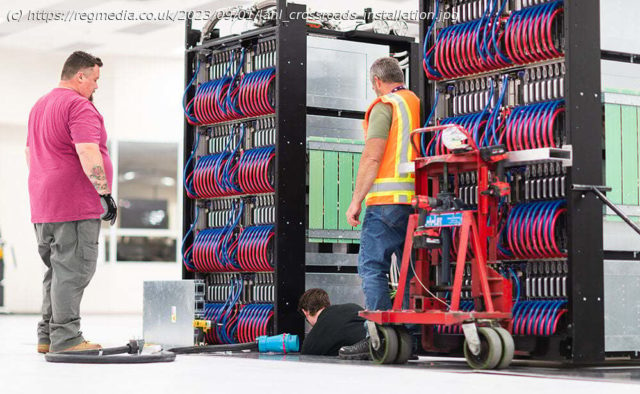Memory-optimized beast prioritizes weapon-sim perf over flashy FLOPS figs
After months of work unpacking, installing, and deploying the various subsystems and supporting infrastructure, Los Alamos National Laboratory’s (LANL) latest super, the Crossroads system, has been installed.
This big beast is tasked with one of the US Department of Energy’s (DoE) most secretive workloads: making sure America’s nuclear stockpile actually works should the dark day come that it’s ever needed.
The US can’t exactly go out and check at its nuclear arsenal still works by setting one of those warheads off, so the DoE uses supercomputers to simulate the storage, maintenance, and efficacy of the weapons instead. (It does carry out some sub-critical physical experiments, but simulations are needed.)
«Crossroads represents a significant advance in the nation’s ability to assess the safety of the stockpile, as well as modernizing the deterrent to meet a new national security landscape,» Charlie Nakhleh, associate lab director for Weapons Physics at Los Alamos, said in a write-up.
Crossroads is LANL’s latest system to inherit this responsibility, taking over from the aging Trinity system. The latest system was developed by HPE’s Cray division, but unlike ORNL’s 1.1 exaFLOPS Frontier system or Argonne’s newly installed Aurora, Crossroads isn’t GPU accelerated.
(Crossroads as a name is an apt choice: Operation Crossroads was the code-name given to two atomic bomb tests by America in 1946, the first such tests after the famous Trinity detonation in 1945, depicted in this summer’s smash-hit movie Oppenheimer.
Домой
United States
USA — IT Los Alamos finishes installing Crossroads super to test nukes without a big...






